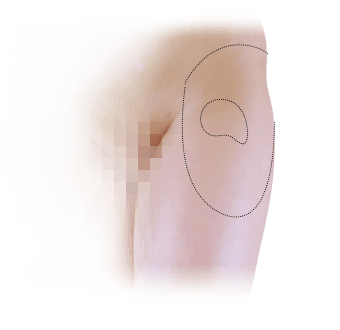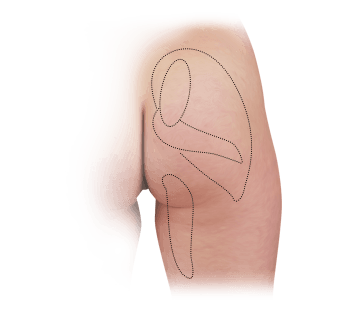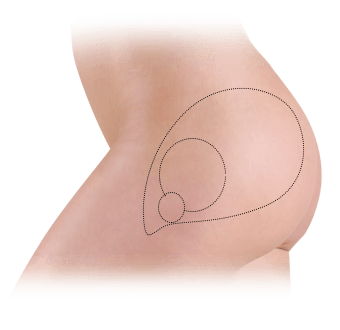About the Interactive of Hip
Have Hip pain? Click on one of the pictures below and point to the area of the hip where it hurts. Click to see some of the conditions that cause hip symptoms in that area.
Hip Pain
Click on an area of the hip for a list of some symptoms that may produce pain in that area.
non-surgical treatment
-

Dry Needling & Autologous Blood Injections
Dry needling is generally indicated to relieve acute....
-

Steroid & Hyaluronic Acid Image Guided Injections
Steroids produce an action similar to hormones to block....
-

High Volume Injections
A high volume injection is a procedure performed.... -

Image Guided Calcific Barbotage
Calcific barbotage is a procedure performed to....
location & directions
-
Oaklands Hospital
19 Lancaster Road, Salford,
Greater Manchester, M6 8AQ
Tel : 0161 787 3496 0161 787 3496 -
Renacres Hospital
Renacres Lane, Ormskirk,
Lancashire, L39 8SE
Tel : 01704 842022 01704 842022





 Front
Front Back
Back Outer
Outer






